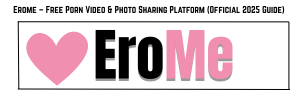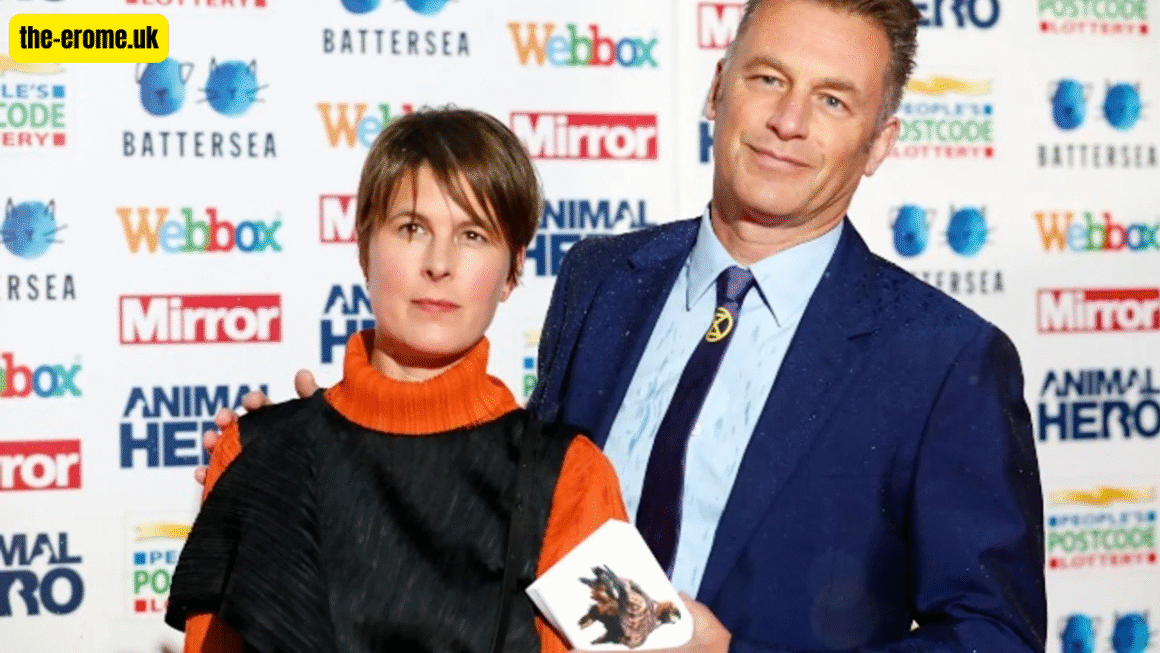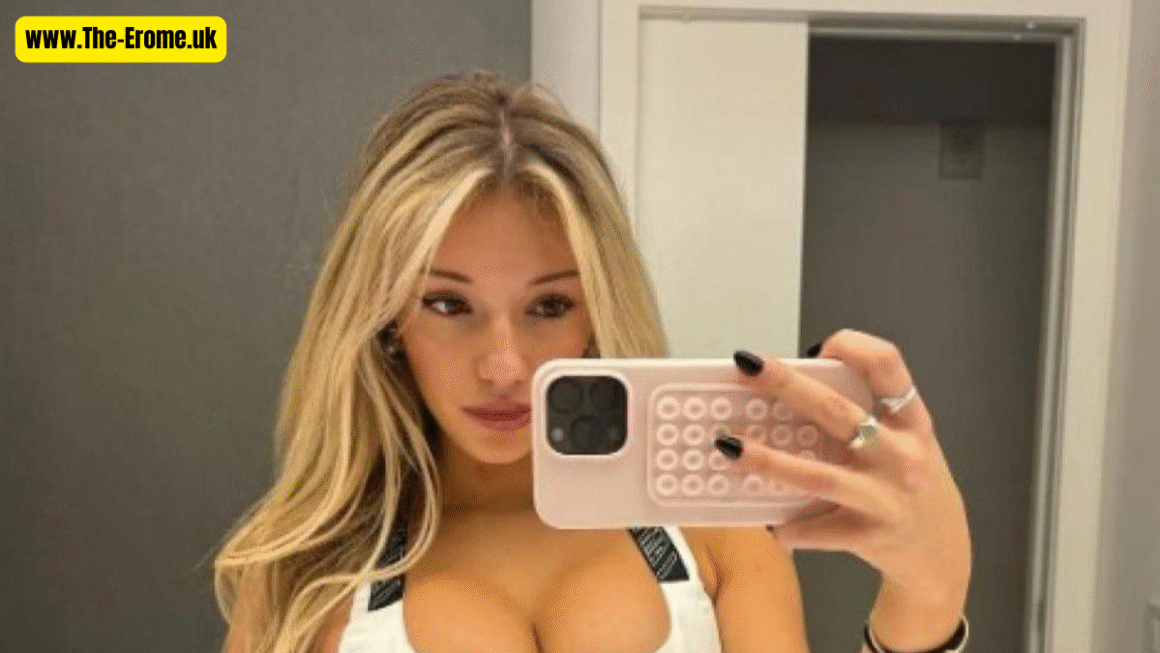The age of social media has given rise to a new kind of celebrity — the influencer. Platforms like Instagram, TikTok, and YouTube have turned ordinary individuals into global sensations overnight. But with fame comes pressure, and this pressure has fueled a growing trend known as influencers gone wild. These moments of chaos, scandal, or shock often blur the line between entertainment and obsession.
The phenomenon of influencers gone wild reflects how digital fame can drive people to extremes. From risky stunts to emotional breakdowns caught on camera, influencers now live under constant public scrutiny. The pursuit of virality has created a culture where going wild isn’t just a mistake — it’s a marketing strategy.
The Evolution of Influencer Culture
Influencer culture began as a creative outlet. Early bloggers and YouTubers built loyal audiences by sharing genuine stories and experiences. Over time, social media evolved into a massive marketplace where attention equals money. As competition grew, so did the temptation to shock viewers — leading to the rise of influencers gone wild.
Algorithms reward extreme behavior, favoring viral content over authentic engagement. The wilder or more controversial the act, the faster it spreads. This digital environment fuels impulsive and often reckless actions. The more outrageous the stunt, the higher the chance of trending — and that cycle feeds itself endlessly.
When Fame Turns Wild: Viral Stunts, Scandals, and Extreme Behavior
The phrase influencers gone wild perfectly captures the extremes of online fame. From luxury pranks gone wrong to emotional livestream meltdowns, influencers sometimes lose sight of boundaries. In their quest for attention, they turn everyday life into a stage where every move is recorded and monetized.
One of the most controversial sides of this culture involves influencers gone wild nude content. Whether intentional or leaked, these moments spark public fascination and moral debate. For some, it’s self-expression; for others, it’s exploitation. Either way, it proves how far creators will go to keep their audiences engaged — no matter the cost.
The Psychology Behind Going Wild

Why do influencers go wild? Psychologists point to the dopamine loop — that addictive rush of likes, comments, and shares. Social media is designed to reward risky behavior because shock drives engagement. Influencers become trapped in a constant chase for validation, where the line between authenticity and performance disappears.
The pressure of constant visibility also contributes to burnout and breakdowns. Many influencers admit feeling isolated, anxious, and desperate to stay relevant. The need to maintain a perfect image can lead to impulsive decisions that backfire. This makes influencers gone wild not just a trend, but a mental health warning sign.
The Business of Scandal and Fame
Scandal sells. Brands know that attention, even negative attention, can boost visibility. Some companies continue working with controversial influencers because controversy equals clicks. In many cases, influencers gone wild see spikes in followers and engagement after scandals — proving that the internet thrives on chaos.
This twisted form of marketing, sometimes called “outrage economy,” shows how social media has turned fame into a commodity. The line between authentic creativity and shock value is blurred. What used to be a crisis is now a content strategy. In today’s world, going wild is sometimes rewarded rather than condemned.
Privacy, Exploitation, and the Obsession with Exposure
The internet’s obsession with exposure has created serious ethical concerns. Influencers often trade privacy for popularity, oversharing their lives in pursuit of relevance. Yet when scandals erupt, they face the harsh reality of online exploitation. In the case of influencers gone wild nude leaks, privacy violations can destroy reputations overnight.
The problem isn’t just what influencers share — it’s how audiences consume it. Viewers demand access to every detail, fueling a toxic loop of voyeurism and judgment. This culture of exposure raises big questions about consent, digital boundaries, and accountability in the influencer economy.
Rebuilding Trust and Authenticity in the Digital Age
After going wild, some influencers attempt to rebuild their image by embracing honesty and vulnerability. Audiences today crave authenticity more than perfection. Those who admit mistakes and show personal growth often regain support. The rise of micro-influencers — smaller creators focused on real connection — shows the shift toward more genuine engagement.
Social media platforms are also beginning to respond. Stricter content guidelines, mental health resources, and algorithm transparency may help reduce the chaos. Still, the responsibility lies with both creators and audiences to redefine what fame should look like in the digital era.
Conclusion: What Influencers Gone Wild Reveals About Us
The story of influencers gone wild is more than a collection of scandals — it’s a mirror reflecting our culture. It shows how far we’ve gone in equating attention with success. Fame, once earned through talent or skill, is now measured in views, likes, and shares.
Ultimately, influencers gone wild reveal the darker side of our collective obsession with visibility. It’s not just influencers who go too far; it’s society’s endless hunger for drama that keeps the cycle alive. The future of social media will depend on whether creators and audiences can balance fame with humanity.
FAQs About Influencers Gone Wild
What does “influencers gone wild” mean?
It refers to influencers engaging in outrageous, shocking, or risky behavior online — often to attract attention or gain followers.
Why do influencers behave this way?
They are driven by algorithms that reward controversy, as well as personal desires for fame, relevance, and validation.
What is influencers gone wild nude content?
This involves influencers sharing or having leaked explicit material, raising ethical debates about privacy and digital consent.
How do scandals affect influencers’ careers?
Some face cancellations or lose sponsorships, while others gain more followers — proving that controversy often fuels engagement.
Can influencer culture change for the better?
Yes. By valuing authenticity over shock, and responsibility over virality, influencers and audiences can reshape the social media landscape into something healthier and more genuine.




